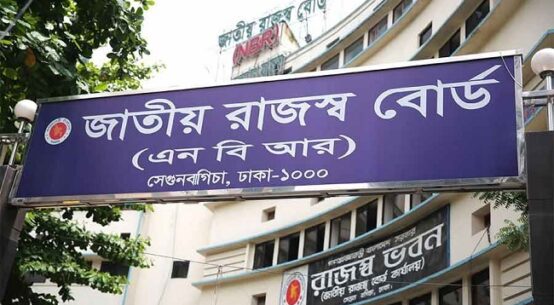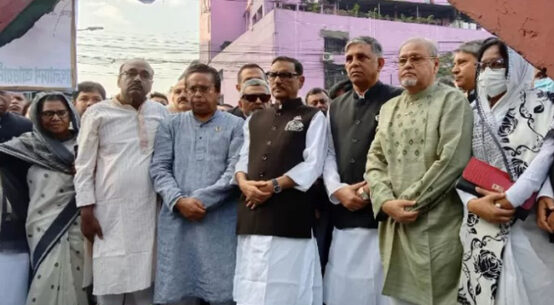
Md Mijanur Rahman, director general of the Department of Disaster Management, has said nearly 100,000 buildings are constructed in Dhaka city every year, among which, even 10,000 have no structural design.
“These buildings look good from the outside but they do not have structural designs. There is no one to supervise these buildings. Even if there are supervisors, they do not pay much attention to these unstructured buildings,” said Mijanur Rahman at a workshop held at a hotel in the capital on Thursday.
The DDM chief said the Rajdhani Unnayan Kartripakkha (Rajuk) is supposed to ensure each and every building follows the building code and structural design, but it is not doing it and does not have the capacity to do so either.
“Ultimately, we are all at great risk,” he asserted.
Highlighting the history of earthquakes in the country, Mijanur said there was an earthquake of magnitude 8 around Bangladesh in 1897.
“The death toll was relatively low at that time as we had more tin-shed semi-pucca houses then. This magnitude of earthquake occurs every 100 years and it has been over 100 years since then. We are due to face such a magnitude of earthquake anytime. I cannot begin to imagine what will happen to us if that magnitude of earthquake occurs,” said Mijanur Rahman.
“We must think now without delay about what should be done to reduce the damage. We have to make a plan quickly and retrofit the buildings that are susceptible to earthquakes. But if 100,000 buildings are built a year, how many can you retrofit? What is the point then to put the blame on me?” he asked.
“It took us more than a month to remove the rubble of Rana Plaza in Savar,” the government official said, adding: “I cannot think of how the building in Siddikbazar will be removed if needed or if it will remain there.”
Stating that no disaster comes alone, the DDM director general said: “Turkey is experiencing floods after an earthquake. Therefore, we have to be prepared. We have to inform and warn the public about disasters. Technologies like mobile signalling systems and flood and earthquake early warning systems should be introduced to mitigate the damage.”
“We all have to work together to reduce disaster risk. Every house should have the necessary tools to combat disasters. Trained teams are needed while reducing the use of fire and other hazard-causing equipment in houses,” he added.
The guests at the workshop exchanged their views on disaster risk reduction.
The speakers said disaster management is essential for social and economic development.
At the same time, disaster risk must be mitigated through early detection using modern technology, they added.


